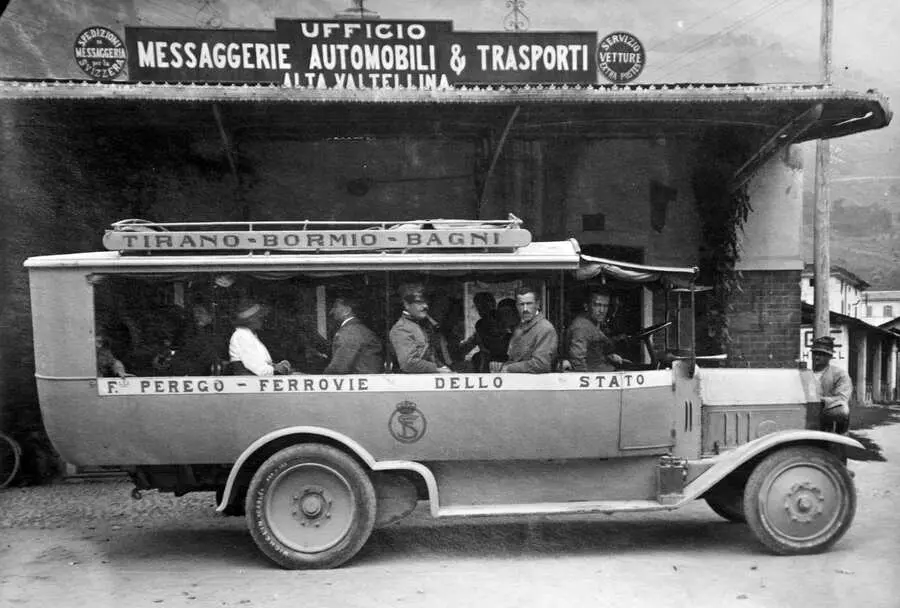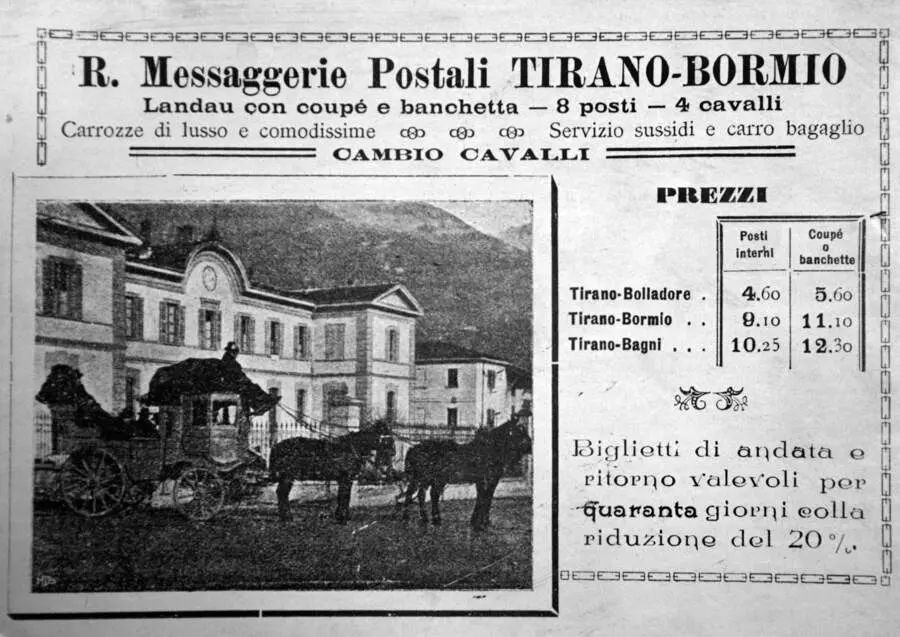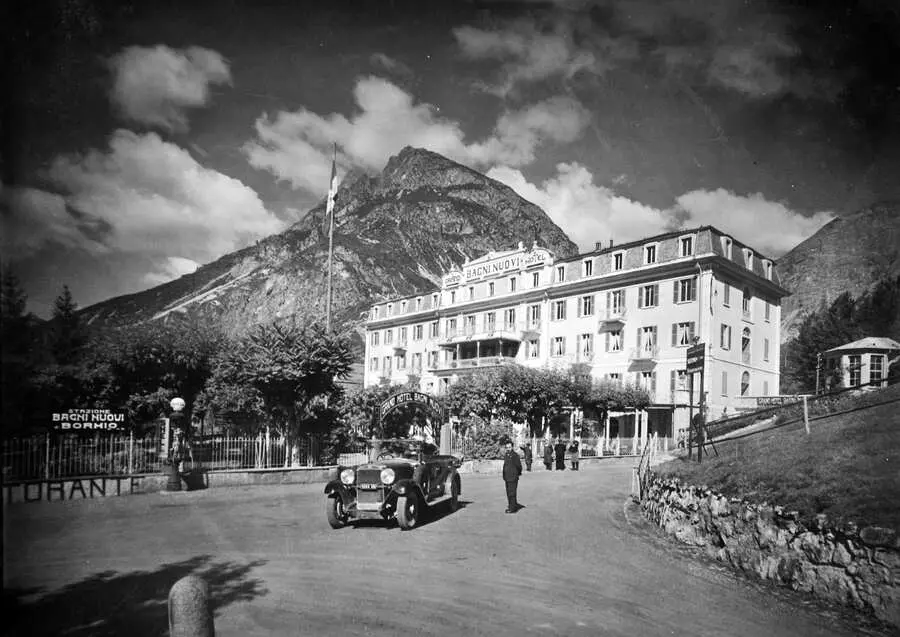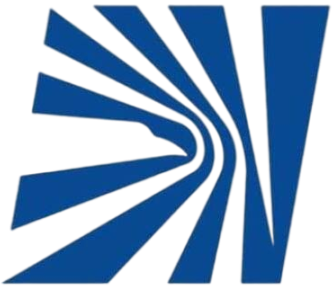Who we are
The Perego family
It has been a hundred years since Carlo Perego founded, in 1914 in Tirano in Valtellina, his business of transporting people and passengers, laying the foundations and tracing the strategic lines of the route map of a company that, thanks to the foresight and determination of the managers, has increasingly established itself, becoming one of the most prestigious automotive companies in the Alps.
From the original stock, over the years the "Group Perego ”which today deals with public and private transport services, as well as bus rental, as well as various activities related to motorization and tourism. The first decades have the trait of the epic, Mr. Carlo pioneered with his passion. He was able to foresee the needs of nascent tourism and seize the new possibilities offered by motorization. Not least was his son Giancarlo, at the head of the company at a very young age immediately after the catastrophe of the Second World War. He too, like his father, knew how to look far and make work flourish again with agreements and new relationships to bring modern vehicles, buses, buses, couriers, beyond the mountains of Valtellina, into the cities and up to the shores of the Mediterranean sea. with the establishment of new lines and rental services.
Perego Automotive, with its hundred years of activity in 2014, honors Cavaliere Giancarlo and remembers the founder “grandfather Carlo” with gratitude. Perego holds in high regard all those who collaborate in the success of this enterprise. The collaborators who have lent and continue their punctual work, thanks to which “la Perego” can present itself with a “good business card” and “head held high” in the panorama of scheduled transport services and bus rental.



